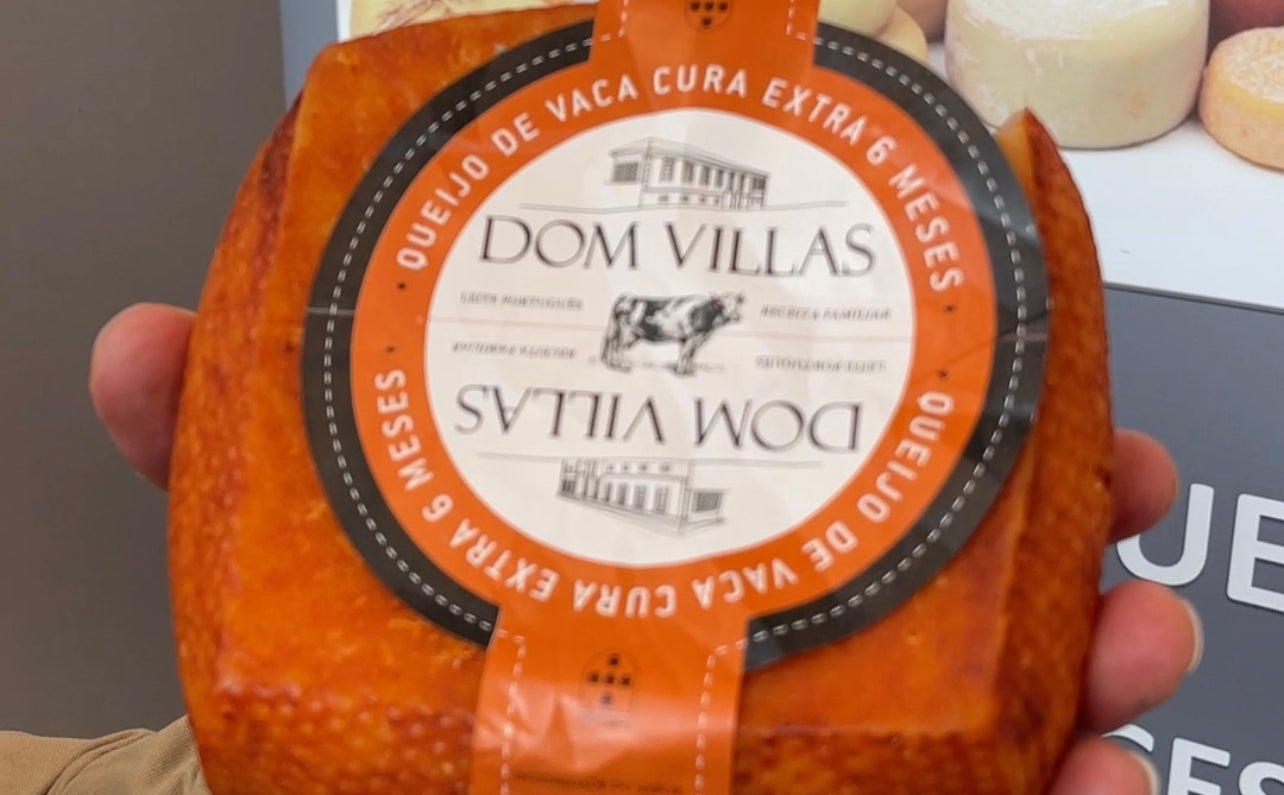
Portugal is Europe’s further western country, along with its two Atlantic archipelagos - Madeira and the Azores.
Northern Portugal’s climate provides enough rainfall to keep the land green and fertile. This is therefore a prime wine-producing and dairying country.
Thistle rennet is primarily used in Portugal to coagulate milk. And cheese made with thistle rennet has a very distinct, slightly bitter flavour.
Portuguese cheese making is one of Europe’s best-kept gastronomic secrets. Many kinds of Portuguese cheeses are not pasteurised and, for this reason, are hardly found and marketed outside the country.
The Azores, one of the two Portuguese archipelagos, is responsible for at least 50 percent of Portugal’s cheese production, even though they make up just 3 percent of its landmass.
The Azores comprises 9 different islands, and each one of them has been making cheese since the 15th century and several of the cheeses are named for the island they’re produced on.
Ilha Branca - Azores
Dairy is a major component of the diet for many Azoreans and Azoreans pride themselves on their “happy cows,” which can be seen grazing across the islands, all year long—the only place in Europe where this is possible. Unlike mainland Portugal, which produces a lot of sheep and goat milk cheese, the Azores produces cow’s milk cheese almost exclusively. The volcanic islands have nutrient-rich soil that lends a distinct terroir to the cheeses, which range from soft to hard, tangy to piquant to salty. Ilha Branca is a traditional cheese from Terceira island, one of the 9 islands of the Azores archipelago.
Dom Villas Viejo
From the Minho region in northwestern Portugal, this small-format, aged cow milk cheese is made with pasteurised milk and traditional rennet. It is aged for a little under a year, washed with sweet red pepper and extra virgin olive oil, and shows a strong flavour and firm texture.
Bica de Queijo
From the Minho region, this cheese is made with a blend of pasteurised goat (70%), cow (20%), and sheep (10%) milk, with traditional thistle rennet. Its texture is soft and springy, consistent and not funky in the least. Slightly sour and goaty, it is smooth and satisfying. Washed with sweet red pepper and white wine. Pour yourself a glass of Pinot Noir or Sangiovese and enjoy the sunset!
Northern Portugal’s climate provides enough rainfall to keep the land green and fertile. This is therefore a prime wine-producing and dairying country.
Thistle rennet is primarily used in Portugal to coagulate milk. And cheese made with thistle rennet has a very distinct, slightly bitter flavour.
Portuguese cheese making is one of Europe’s best-kept gastronomic secrets. Many kinds of Portuguese cheeses are not pasteurised and, for this reason, are hardly found and marketed outside the country.
The Azores, one of the two Portuguese archipelagos, is responsible for at least 50 percent of Portugal’s cheese production, even though they make up just 3 percent of its landmass.
The Azores comprises 9 different islands, and each one of them has been making cheese since the 15th century and several of the cheeses are named for the island they’re produced on.
Ilha Branca - Azores
Dairy is a major component of the diet for many Azoreans and Azoreans pride themselves on their “happy cows,” which can be seen grazing across the islands, all year long—the only place in Europe where this is possible. Unlike mainland Portugal, which produces a lot of sheep and goat milk cheese, the Azores produces cow’s milk cheese almost exclusively. The volcanic islands have nutrient-rich soil that lends a distinct terroir to the cheeses, which range from soft to hard, tangy to piquant to salty. Ilha Branca is a traditional cheese from Terceira island, one of the 9 islands of the Azores archipelago.
Dom Villas Viejo
From the Minho region in northwestern Portugal, this small-format, aged cow milk cheese is made with pasteurised milk and traditional rennet. It is aged for a little under a year, washed with sweet red pepper and extra virgin olive oil, and shows a strong flavour and firm texture.
Bica de Queijo
From the Minho region, this cheese is made with a blend of pasteurised goat (70%), cow (20%), and sheep (10%) milk, with traditional thistle rennet. Its texture is soft and springy, consistent and not funky in the least. Slightly sour and goaty, it is smooth and satisfying. Washed with sweet red pepper and white wine. Pour yourself a glass of Pinot Noir or Sangiovese and enjoy the sunset!

Comments (0)
Back to What's Happening in our World of Cheese